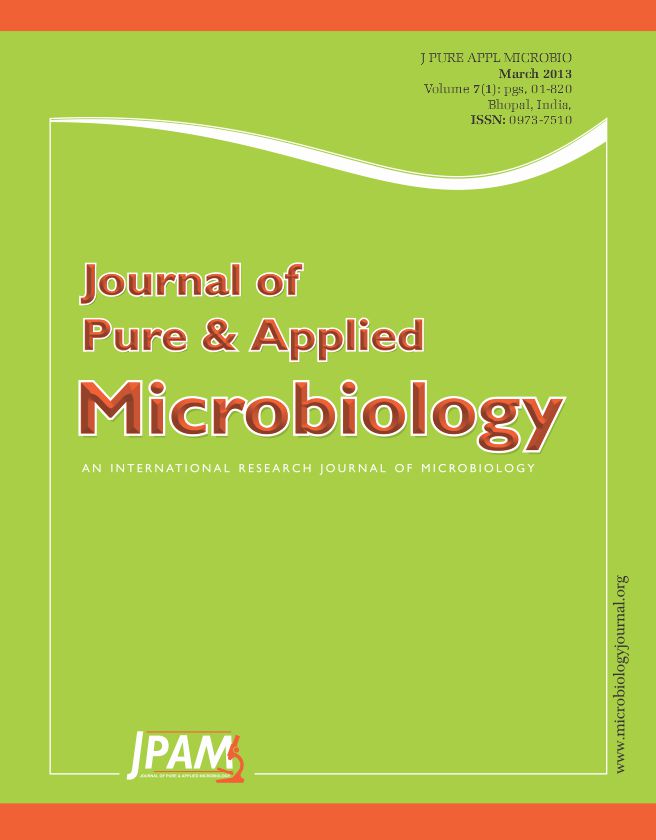With the advent of new sequencing technologies, genome sequencing efforts are speeding up the discovery process at a faster rate. With this explosion of sequence information, there is a need to understand how genes work in concert in order to fulfill the cells functions. The yeast two-hybrid system used to identify protein-protein interactions is one of the most powerful and versatile methods for characterizing a protein’s function. Yeast two hybrid systems is one of the basic technologies used in protein interaction studies for both academic researchers and those in biotechnology and pharmaceutical companies. Most of interaction studies reported in literature gives an insight about molecular mechanism underlying the biological processes. Several advancements made over the original Yeast two hybrid systems, which will help in understanding and revealing many facts in the complex field of protein interactions. In this review we discussed about the yeast two hybrid system and its advances in protein interaction.
Yeast two hybrid, BiFC, FRET, BRET, LuCI
© The Author(s) 2014. Open Access. This article is distributed under the terms of the Creative Commons Attribution 4.0 International License which permits unrestricted use, sharing, distribution, and reproduction in any medium, provided you give appropriate credit to the original author(s) and the source, provide a link to the Creative Commons license, and indicate if changes were made.


